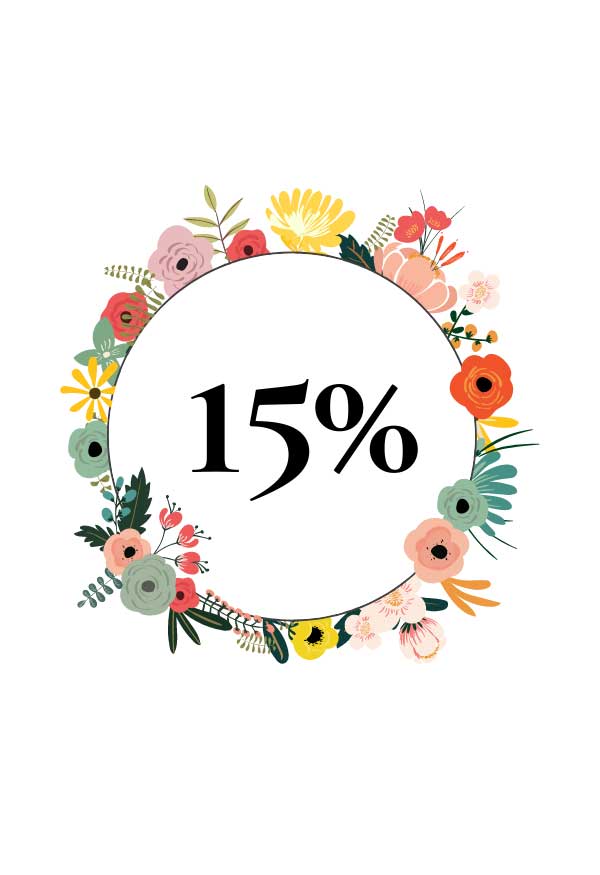| Common name(s): |
wild mint, horsemint |
| Family: |
Lamiaceae |
| Origin: |
Mediterranean Europe, Middle East, Australia, North Africa |
| Parts used: |
aerial, seeds |
| Constituents: |
sterols, ursolic acid, luteolin, cis-piperitone epoxide, piperitenone oxide, carvone, menthone, thymol, pulegone, β-thujone, caryophyllene, myrcene, carvacrol, borneol, pcymene, vitamins (A, C, B9), minerals (iron, magnesium, manganese) |
| Therapeutic actions: |
antimicrobial, antioxidant, fungicidal, carminative, stimulant, antispasmodic |
| Organs or systems affected: |
gastrointestinal system, respiratory system, immune system, skin, central nervous system, kidneys, blood |
| Main medicinal uses: |
- helps bring gastrointestinal relief and balance from indigestion or constipation
- heals wounds
- purifies blood
- reduces fever
- fights general weakness
- has very strong antibacterial activity
|
| Counterindications: |
Care should be taken when this plant is consumed along with drugs which induce P450 enzymes |




